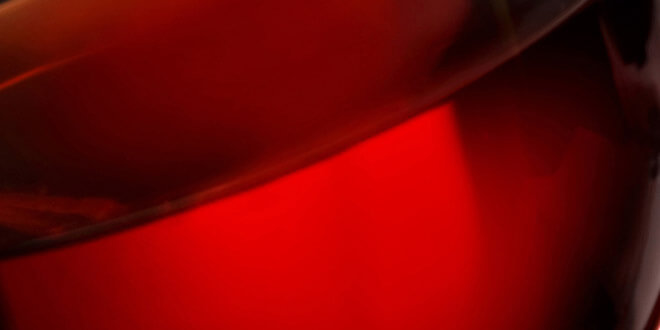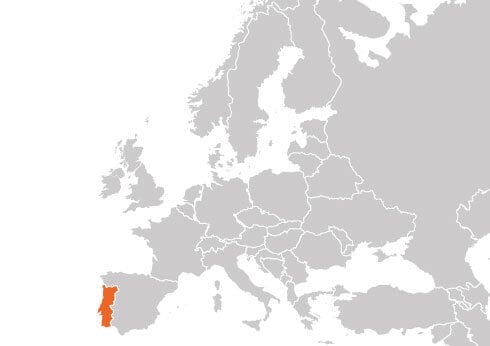
Port
The Douro Valley in northern Portugal is the home of port, the famed fortified wine that has significant historical ties with the British. The region runs from close to the Spanish border to Porto in the east, the coastal city that gives the wine its name.
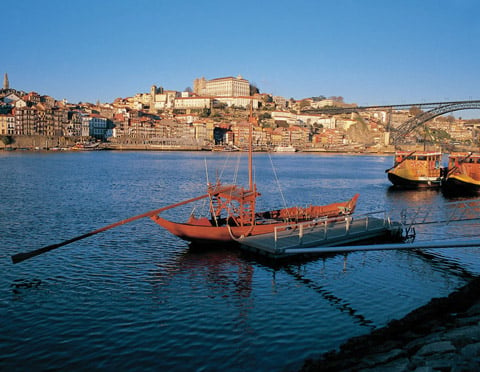 The view from Vila Nova de Gaia, home to dozens of port lodges, looking over to Porto
The view from Vila Nova de Gaia, home to dozens of port lodges, looking over to Porto
Port production starts with wine – grapes are picked, crushed and fermented. Before the process has completed, the fermentation is stopped by adding grape spirit, and the wine is then aged. The different types of port are aged in different ways, producing a wide range of styles.
- Vintage
- The best-known style of port. After a maximum of two-and-a-half years of ageing in oak barrels, the finest years of wine production are bottled as vintage ports. A vintage is not declared every harvest; only the best years, as authorised by the industry’s governing body, are chosen – about three times a decade is the norm. Each vintage uses grapes harvested in a single year, and the wine is bottled with its sediment, allowing it to develop in the bottle over many decades. These wines are sweet and fruity, and keep their rich red colour. As vintage ports are bottled with their sediment, they need to be decanted before drinking.
- Ruby
- The most regularly available style of port, ruby is aged in large tanks or vats before bottling. The size of the tanks minimises the wine’s exposure to oxygen, allowing it to develop in flavour while maintaining its bright colour and freshness. These wines are bottled after filtering and generally don’t improve with age, instead usually being drunk fresh.
- Late Bottled Vintage (LBV)
- Similar to vintage port in style, LBV is bottled after longer maturation in oak. These are still brightly coloured and fresh, but the extra time in barrel gives them some of the flavour of an old, bottle-aged vintage port without quite the same level of complexity. LBV is bottled most years and doesn’t require a vintage declaration.
- Crusted
- Crusted ports are made by blending a number of different vintages, before bottling with sediment. This allows the producers to combine the flavours of a number of vintages in a wine that will be laid down for years to mature.
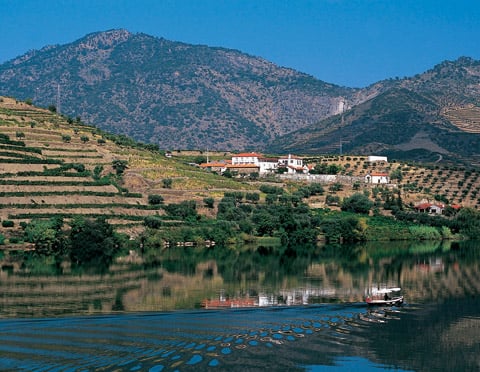 The Douro Valley, where port grapes are grown on incredibly steep terraced vineyards
The Douro Valley, where port grapes are grown on incredibly steep terraced vineyards- Tawny
- Tawny ports are aged entirely in oak for at least two years, with many maturing for decades. Wood is porous, which exposes the wine to oxygen, changing its flavour and colour. Over time, some of the wine will also evaporate, concentrating the flavours and giving it more depth. Older tawny ports are bottled with an ‘indication of age’, either 10, 20, 30 or ‘over 40 years’. This is not the exact age of the wine, but an idea of the flavour profile the producer has aimed for. The wines are normally browner in colour than wines aged in glass, and are also nuttier in character.
- Colheita
- Most tawny ports will be blended from wines of different ages, but colheitas are made using wines from a single vintage. They have the same character as a regular tawny, but will vary more due to the lack of blending between years.
- White Port
- While the most common ports are made using red base wines, there are also many examples using white wines. Generally, these are light and young wines, often drunk mixed with tonic water, but older versions, aged in oak, are as rich and complex as tawnies.
Did you know?
- Port became popular in England during the 1700s as the country was at war with France and needed a new source of wine
- Until the 1960s, barrels of wine were transported from the vineyards to Porto on small, flat bottomed boats called rabelos
- while Port is named for the city of Porto, more wine is aged in its sister city, Vila Nova de Gaia, on the south side of the river Douro
Typical Character and Style of Port
-
 Cherry
Cherry
-
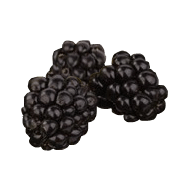 Blackberry
Blackberry
-
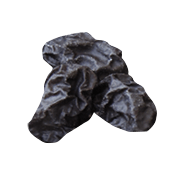 Prunes
Prunes
-
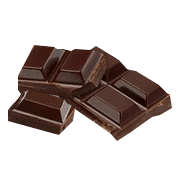 Dark Chocolate
Dark Chocolate
-
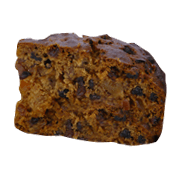 Fruit Cake
Fruit Cake
Filter
Price Range
Bottling Status
Producer
Style
Age
Vintage
Size
Certification
Grape Variety
Sustainability

Warre's Otima 10 Year Old
$19.36
($38.72 per litre)

Taylor's Golden Age Very Old Tawny Port50 Year Old
$193.07
($257.43 per litre)

Graham's 10 Year Old Tawny Port
$24.75
($33.01 per litre)

Kopke 30 Year Old White Port
$57.11
($152.30 per litre)

Kopke 40 Year Old Tawny Port
$103.49
($137.99 per litre)

Taylor's Quinta De Vargellas 2013 Vintage Port
$33.38
($44.51 per litre)

Graham's 20 Year Old Tawny Port
$49.89
($66.51 per litre)

Graham's 40 Year Old Tawny Port
$147.77
($197.03 per litre)

Kopke 50 Year Old Tawny Port
$188.76
($251.68 per litre)

Niepoort White Rabbit Dry White Port
$19.36
($25.81 per litre)

Fonseca Bin No.27 Finest Reserve Port
$14.51
($19.34 per litre)

Niepoort Late Bottled Vintage Port 2018
$24
($32 per litre)

Churchill's NV CrustedBot.2007
$29.93
($39.91 per litre)

Port of Leith White Port
$20.22
($26.97 per litre)

Taylor's Quinta de Vargellas 1998 Vintage PortHalf Bottle
$16.66
($44.44 per litre)

Niepoort Senior Tawny Port
$24.75
($33.01 per litre)

Graham's 30 Year Old Tawny Port
$94.86
($126.48 per litre)

Taylor's 10 Year Old Tawny PortGift Tube
$25.08
($33.44 per litre)

Kopke 1966 Colheita Port
$203.86
($271.81 per litre)

Kopke 1998 Colheita Port
$61.21
($81.61 per litre)

Kopke 10 Year Old White Port
$36.08
($48.11 per litre)

Kopke 20 Year Old Tawny Port
$46.33
($61.77 per litre)

Warre's Bottle Aged LBV 2009 Port
$26.16
($34.87 per litre)

Taylor's 2016 Late Bottled Vintage PortSmall Bottle
$5.66
($2.83 per 10cl)


